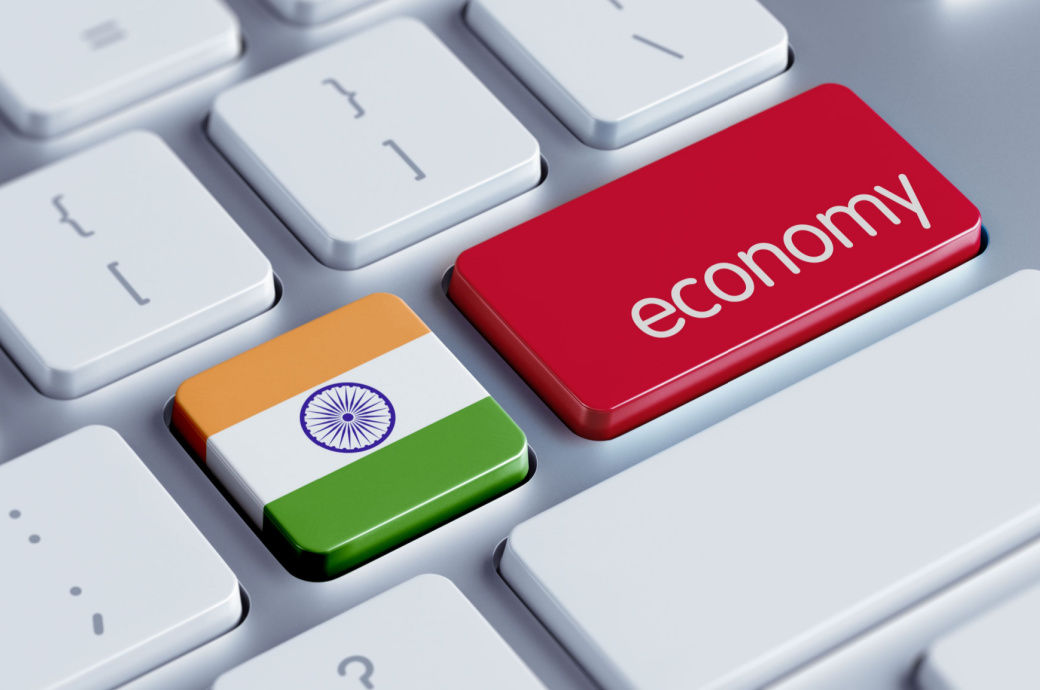
India is already the fastest-growing economy in the world, having clocked 5.5 per cent average gross domestic product (GDP) growth over the past decade.
“Consequently, India is gaining power in the world order, and in our opinion these idiosyncratic changes imply a once-in-a-generation shift and an opportunity for investors and companies,” said Ridham Desai, Morgan Stanley’s chief equity strategist for India, in a blue paper.
India’s GDP could more than double from $3.5 trillion today to surpass $7.5 trillion by 2031. Its share of global exports could also double over that period, while the Bombay Stock Exchange could deliver 11 per cent annual growth, reaching a market capitalisation of $10 trillion in the coming decade, Morgan Stanley said.
“India will be one of only three economies in the world that can generate more than $400 billion annual economic output growth from 2023 onward, and this will rise to more than $500 billion after 2028,” said Chetan Ahya, Morgan Stanley’s chief Asia economist.
Tighter global labour markets and the emergence of distributed work models are bringing new momentum to the idea of India as the back office to the world, the analysis noted.
In the coming decade, Desai noted, the number of people employed in India for jobs outside the country is likely to at least double, reaching more than 11 million, as global spending on outsourcing swells from $180 billion per year to around $500 billion by 2030.
India is also poised to become the factory to the world, as corporate tax cuts, investment incentives and infrastructure spending help drive capital investments in manufacturing, according to the analysis.
Morgan Stanley data shows that multinational corporations’ sentiment on the investment outlook in India is at an all-time high. Manufacturing’s share of GDP in India could increase from 15.6 per cent now to 21 per cent by 2031—and, in the process, double India’s export market share.
Desai’s team thinks the ratio of credit to GDP in India could increase from 57 per cent to 100 per cent over the next decade.
Indian consumers are also likely to have more disposable income. India’s income distribution could flip over the next decade, and consequently overall consumption in the country could more than double from $2 trillion in 2022 to $4.9 trillion by the end of the decade—with the greatest gains going to non-grocery retail, including apparel and accessories, leisure and recreation, and household goods and services, among other categories.
India's overall consumption could more than double as income distribution in the country shifts and its reliance on imported energy could reduce.
“In the coming decade, as India’s economy transforms, we think that it will be increasingly relevant for global investors in a similar way that China is today,” added Ahya.
ALCHEMPro News Desk (DS)
Receive daily prices and market insights straight to your inbox. Subscribe to AlchemPro Weekly!